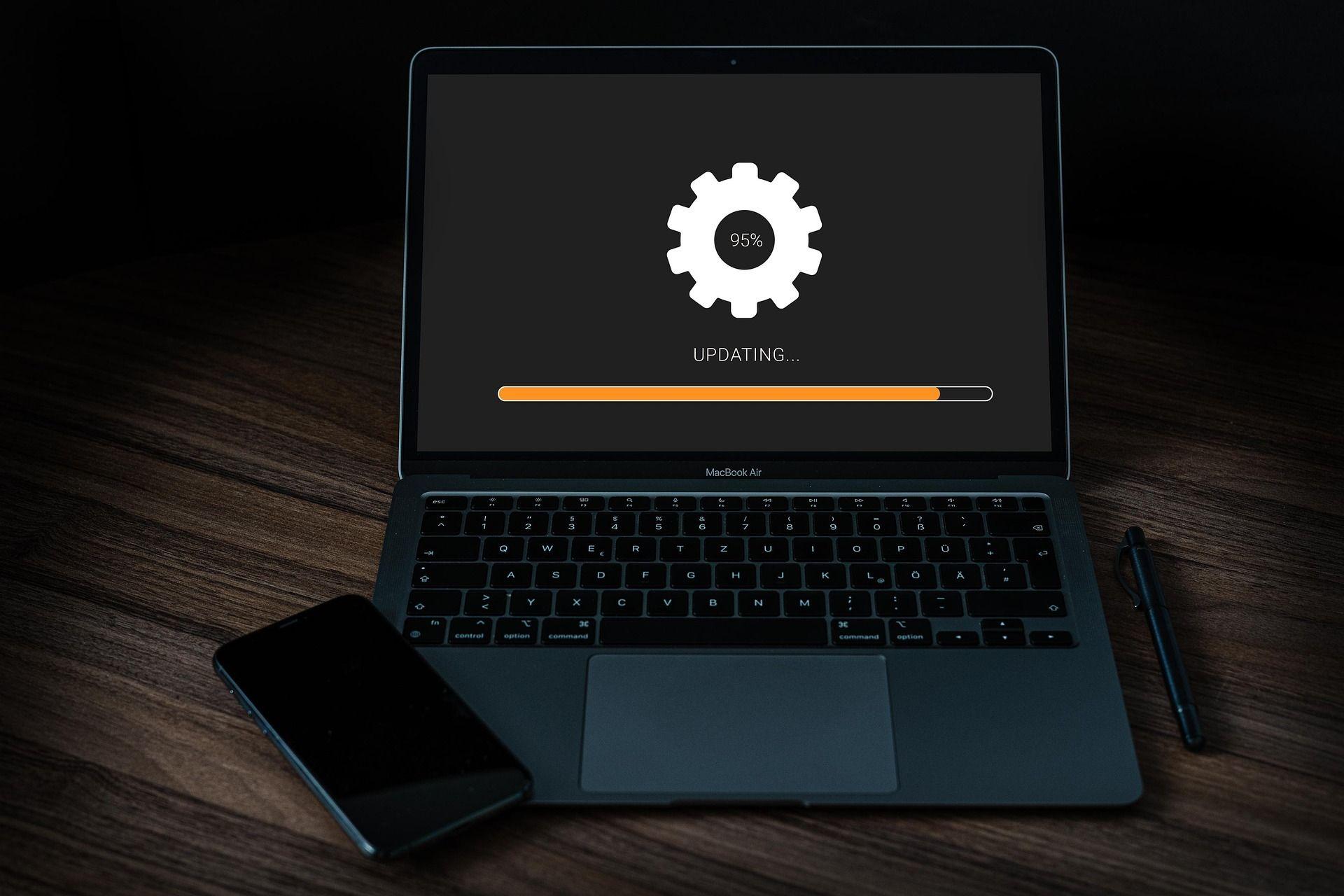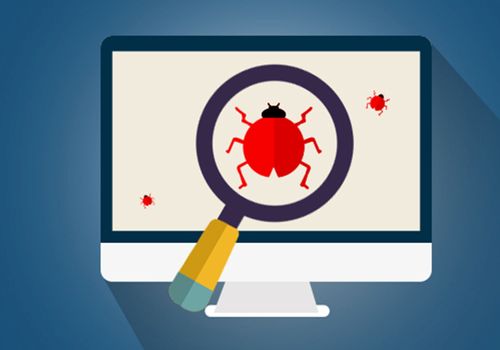What is a Legacy System?
Legacy System is older computer software, derived from an outdated computer system that is still in use. Due to the huge dynamics of change taking place in the process of computer software development, older software can still be found in many companies. In some cases, the tools used to create a given system may become obsolete within a few months. Software changes and evolves very quickly, so you need to take care of it and constantly update it. Periodic introduction of changes will ensure the security of systems that are crucial for the proper functioning of the company.
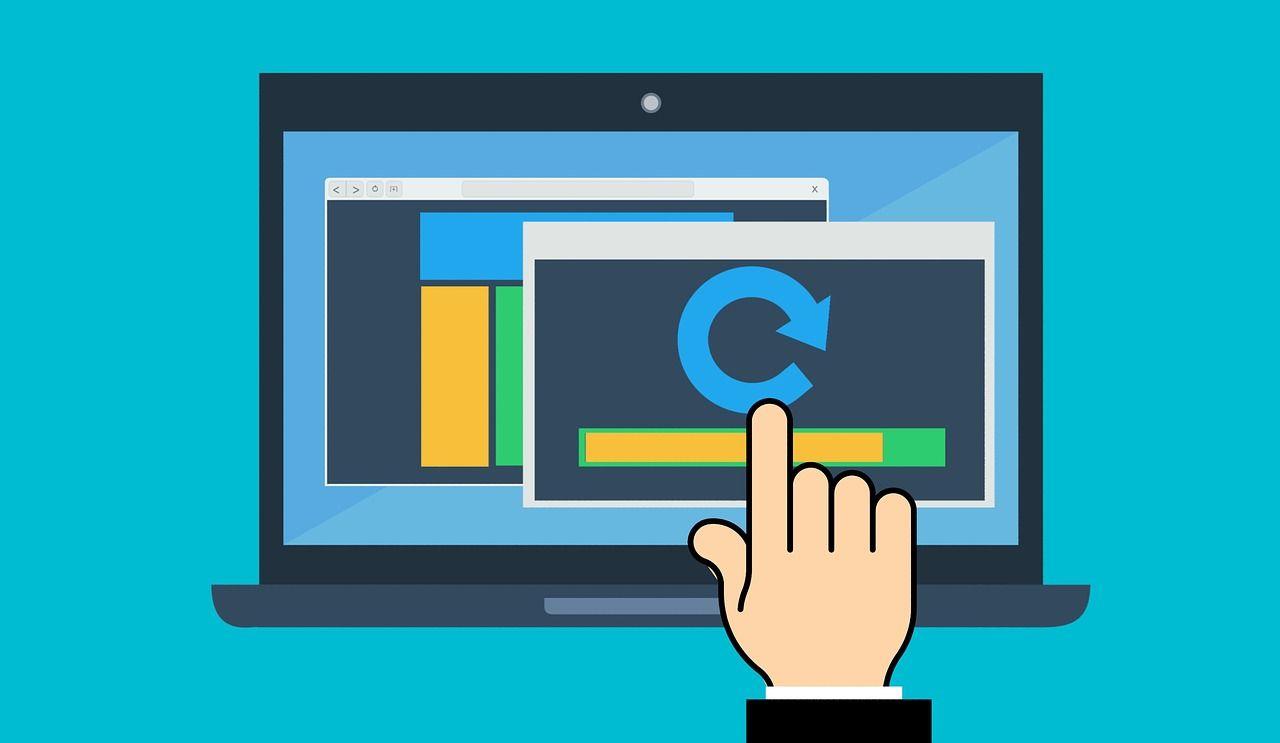
Outdated systems have a lot of flaws and can cause users a lot of trouble. The main disadvantages of the "legacy" application include:
- lack of scaling possibility;
- necessary, long-term work, during which there is a risk of bugs occurrence;
- high costs resulting from difficulties related to the employment of experienced specialists;
- use of a language or framework that is no longer supported by vendors;
- complicated architecture that makes adding new features difficult or even impossible.
What is a Legacy Application Modernization?
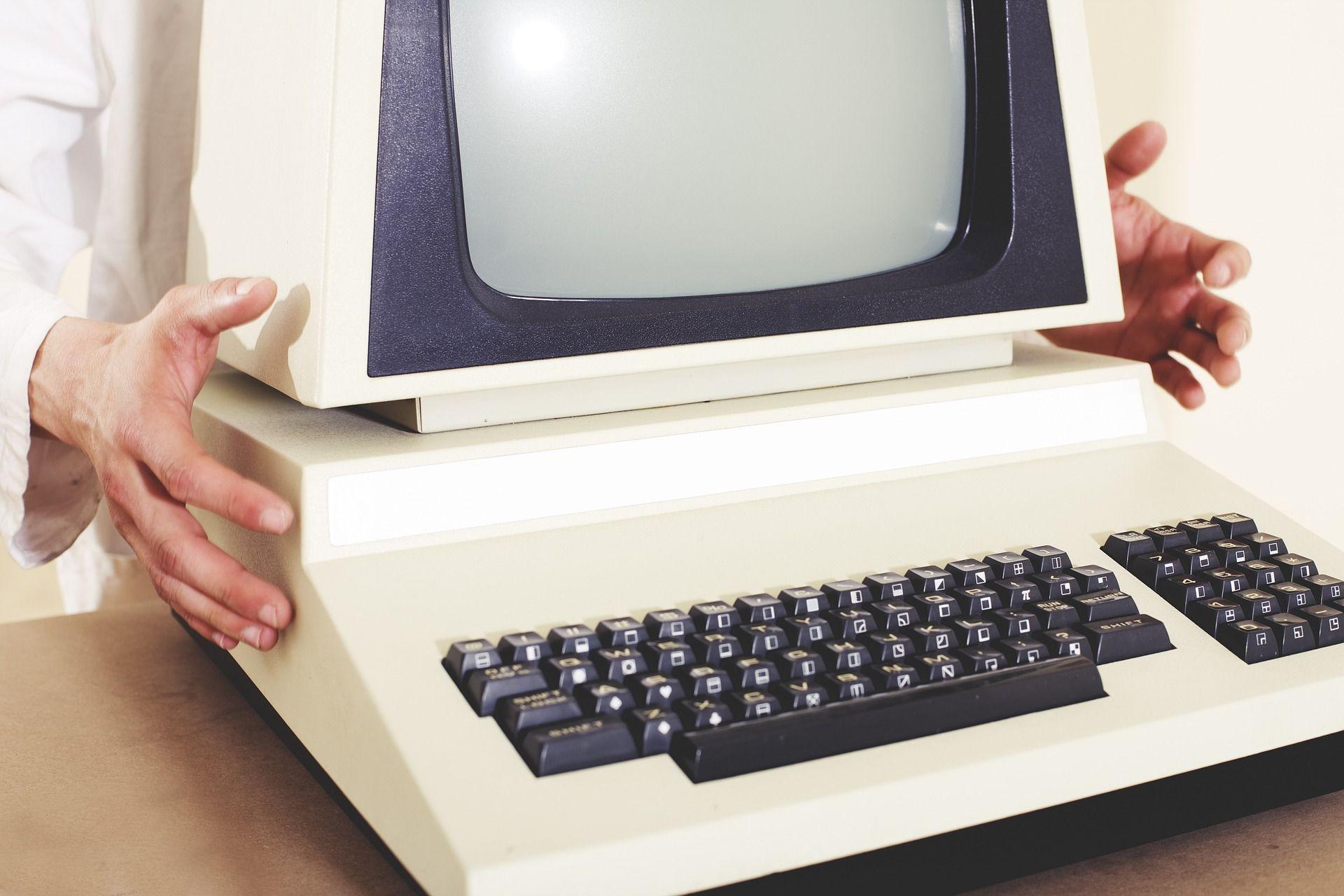
A legacy application modernization is the process of updating the application and migrating older software to newer software to extend its usefulness. Modernization allows you to adapt the application to current technological trends and to ensure its scalability, increase savings and productivity of the enterprise. The effective modernization process is influenced by many factors - the key is to provide an experienced team of developers who are skilled in a given technology and will carry out the entire process in a professional and safe manner.
Why Does Application Need Modernization?
Application modernization is one of the significant factors in IT projects. It allows you to extend the capabilities of the current application, increase its security and adapt it to current needs. The introduction of innovations can also have a major impact on increasing the company's processing capacity, generating more profits and bring savings. You should consider upgrading your application in several situations:
- Security threat.
- Frequent system crashes.
- Age of the system (delaying the decision for too long may forfeit the possibility of system modernization)
- Modification of business processes.
- High application maintenance costs.
- No mobile version.
- Lack of technical documentation.
- New user behavior.
Legacy Application Modernization Approaches

A well-conducted application modernization should be properly planned and meet specific goals. It must also have certain features that will ensure that the software can be used safely and will not disappoint its users. In our work, we distinguish 5 basic pillars of goal-oriented modernization:
- Reliability - the ability of a system to properly recover from a failure;
- Security - the application must be properly protected against threats;
- Cost optimization - proper cost management;
- Operational excellence - operational processes that keep the system running in a production environment;
- Efficiency - the ability of the application to adapt to changes in load flow.
Steps to Modernize Legacy Applications Successfully
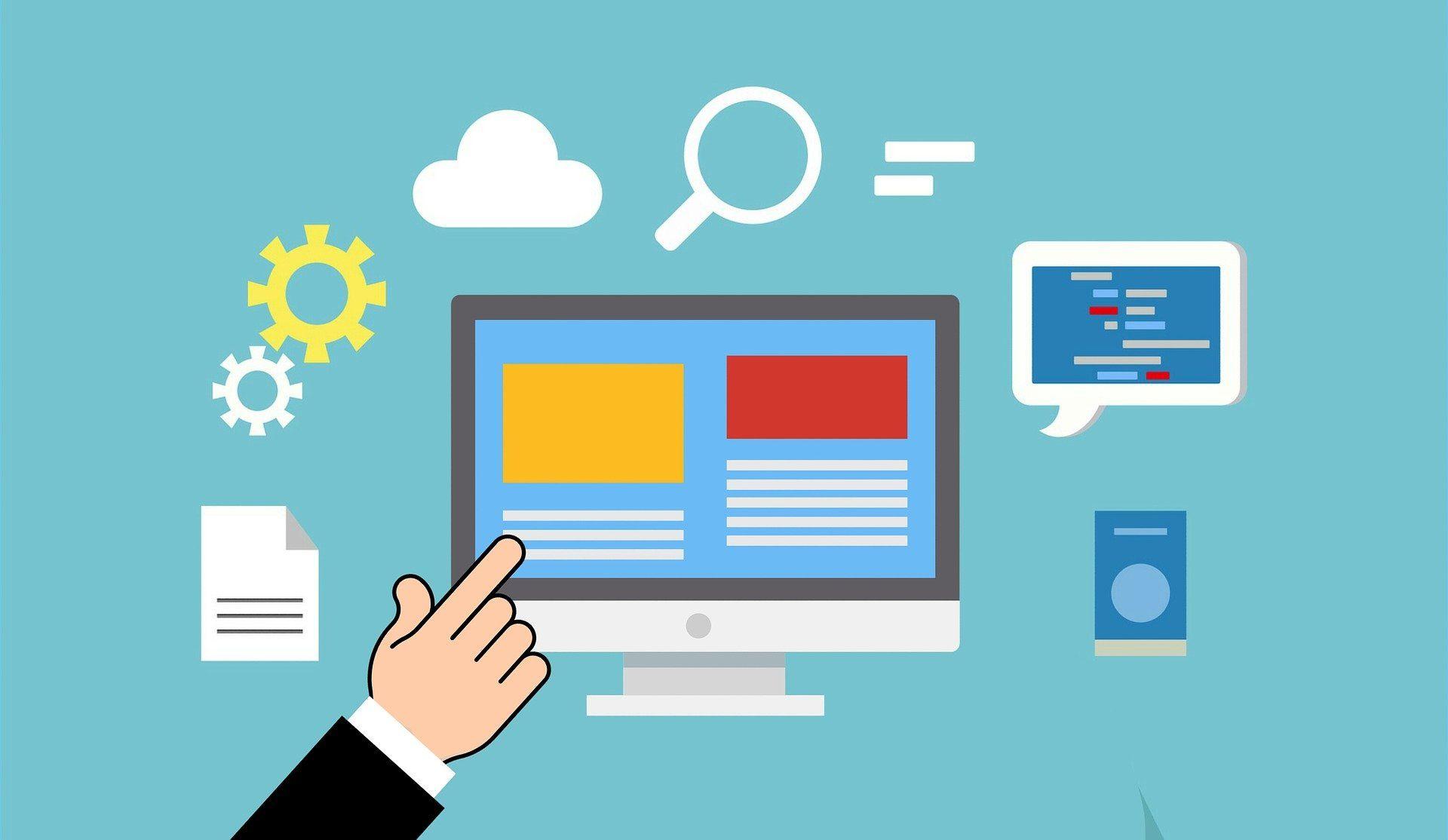
The process of modernizing an organization's applications can be broadly defined in three steps.
Planning
The first and essential step which aims at defining the goals of application modernization. At this stage, you should carefully consider which of the factors need improvement, as well as evaluate existing applications and prepare them for changes.
Implementation
It is a process in which the functioning of an IT system is changed by the modification of its modules and classes. The real modernization of the system begins at this stage.
Operations
App modernization is not a one-time action. As organizations start to take a cloud-based approach, they can use cloud platform services and tools to help secure, manage, and optimize their applications.
Key Technologies for Application Modernization
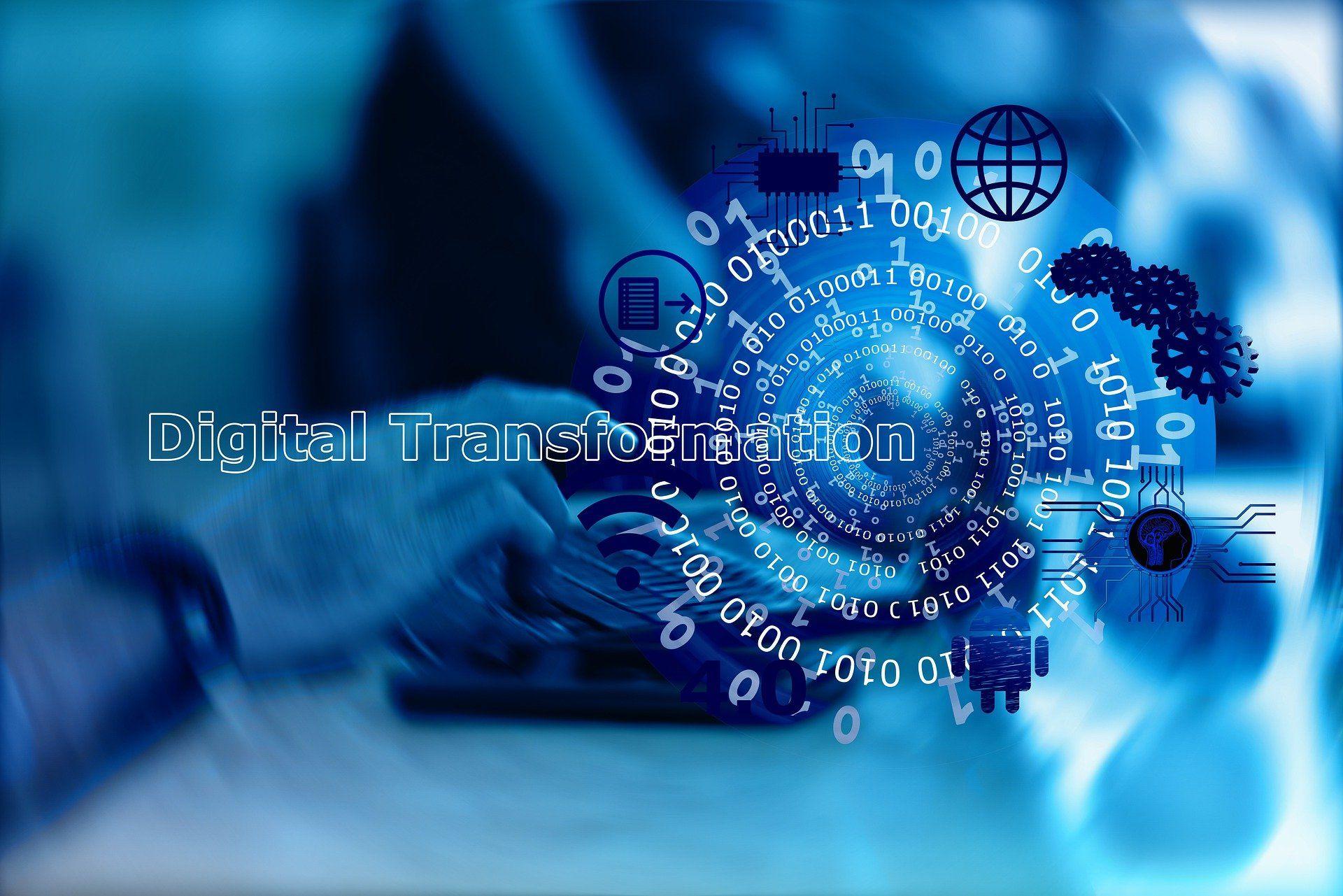
Getting the most out of your application modernization project requires the right tools and services. There are many key technologies that can help you modernize your application. Here are 7 key application modernization technologies:
- Microservices - A term that describes the architecture of applications and how they are written. Unlike monolithic solutions, which operation principle is based on the arrangement of individual parts of the application inside of it (using a relational data model), microservices divide them into smaller, independent components.
- Data Lakes - A repository where a huge amount of raw data is stored in its original format. While a hierarchical data warehouse stores information in files and folders, a data lake uses a flat architecture to store data. Each item in the repository is assigned a unique ID and is tagged with a set of metadata tags. When a business query comes in, the repository can be searched for specific information, and then a smaller, isolated set of data can be analyzed to help solve the specific problem.
- Containers - Technology that allows software to work reliably when moved from one computing environment to another.
- Serverless - A service model in which the cloud provider (AWS, Azure, or Google Cloud) is responsible for executing a piece of code by dynamically allocating resources. In this model, the programmer/architect focuses solely on creating business logic, not on the infrastructure on which it is to be executed. The provider of a given serverless service, i.e. Amazon, Microsoft, Google, takes responsibility for this. Today, each of the large public cloud providers offers serverless services.
- APIs - They enable disparate applications to interact directly with one another. APIis are valuable for extending functionality to other systems or gaining access to third party data.
- AI/ML - Artificial intelligence and machine learning refer to the use of intelligent computational algorithms to automate manual processes, increase application performance, perform complex analytics, and more. With third-party cloud service providers, organizations can easily incorporate AI/machine learning capabilities into their applications.
- Purpose-Built Databases - These are designed for specific purposes data models. They are highly useful for supporting scalable and distributed applications that meet certain businesses objectives.
What Are the Benefits of Legacy Application Modernization?

When it comes to the benefits of modernizing the application, the improvement of its performance and functionality, i.e. adaptation to the current needs of users, should be mentioned in the first place. These two factors, in turn, translate into financial benefits - introducing savings and increasing the productivity of the company. High quality of products or services is of great importance for the business development and should be maintained at every level of application development. Quality is also an essential element in the process of gaining customers and a pass to meet the expectations of users and stand out from the competition.
The security and reliability of the application is also an essential factor. Any technical problems and downtime in its functioning can expose the company to huge losses. In the production industry, an hour of downtime can cost the company even tens of millions of dollars. Not to mention the strained trust of customers and the tarnished image. Application modernization is an important factor in increasing application security.
Legacy Application Modernization Issues
Problems with the modernization of older applications affect several areas. The first one is the availability of suitably qualified specialists and an access to training. In addition, almost every third specialist has a problem with the selection of appropriate technologies and tools. Another problem is the selection of the right partner who knows how to carry out a given modernization. Technical aspects cause many problems - many companies focus on improving the application and moving it to the cloud. This is a valid approach for simple loads, but it is more difficult for more complex, traditional applications, i.e. monoliths. They are single tier applications with the user interface and data access code combined into one program. Monolithic applications tend to have higher coding and data integration requirements, and are more difficult to keep secure and compliant. Therefore, it is crucial to find properly qualified specialists who know what they are doing and will carry out the modernization process in accordance with good practices.
How to Choose the Right Partner to Modernize Legacy Applications?
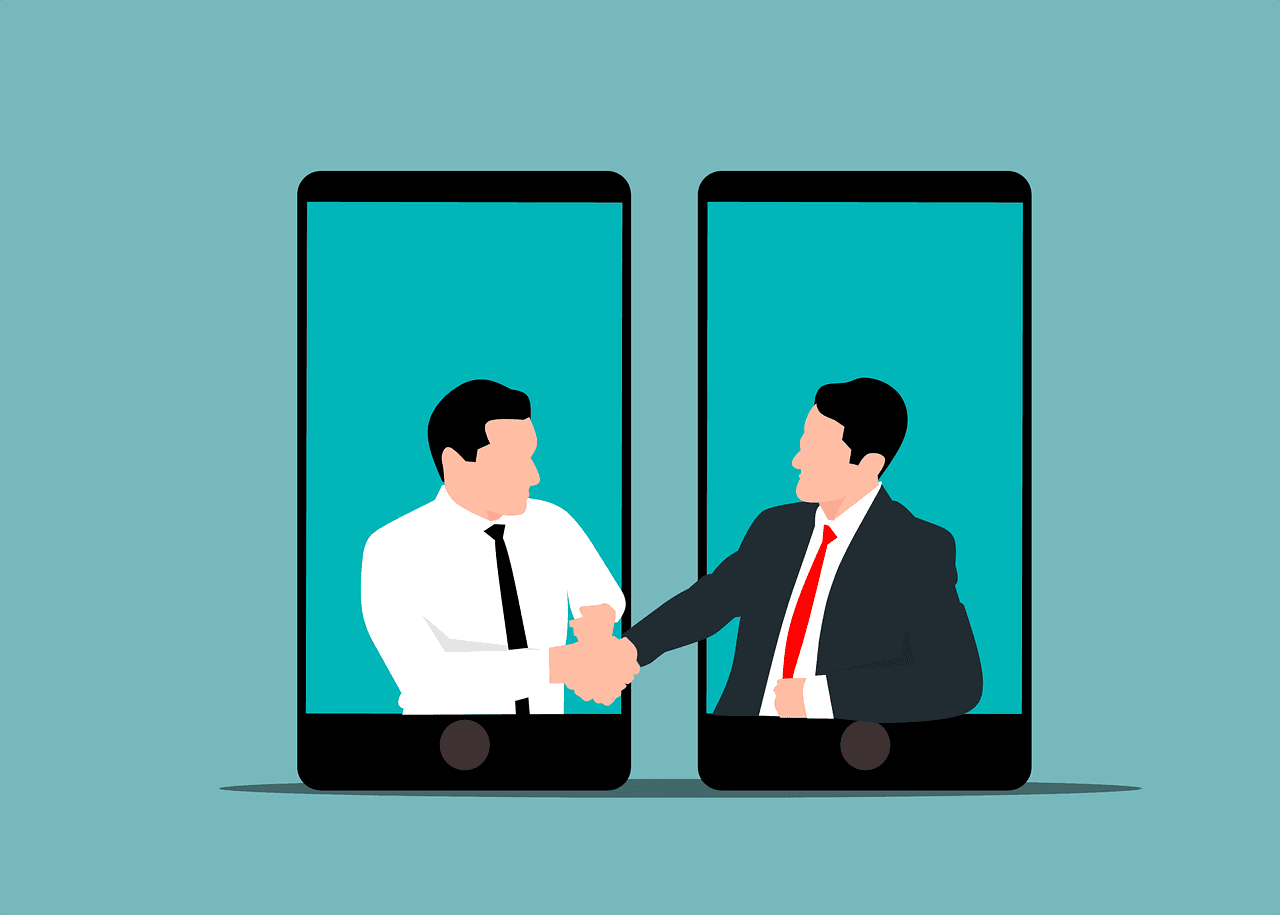
At the beginning, it is worth estimating the project budget and determining our expectations as to the completion date of the modernization. This is basic information that should be provided at the beginning of talks and will allow quick verification whether there is a field for potential partnership. When choosing a partner, one should pay attention to the way business analysis is conducted and the company's appropriate involvement in collecting information at the stage of setting new goals for the application.
Equally important factors are communication, portfolio or opinions of existing clients. Good contact, quick and clear answers to questions, readiness to help and provide technical advice should be a standard in every valuable company offering support for application modernization services.
Do you want to modernize your software and improve your business metrics? Maybe you are wondering if your application needs changes. Contact our development team and see how we can help you!
